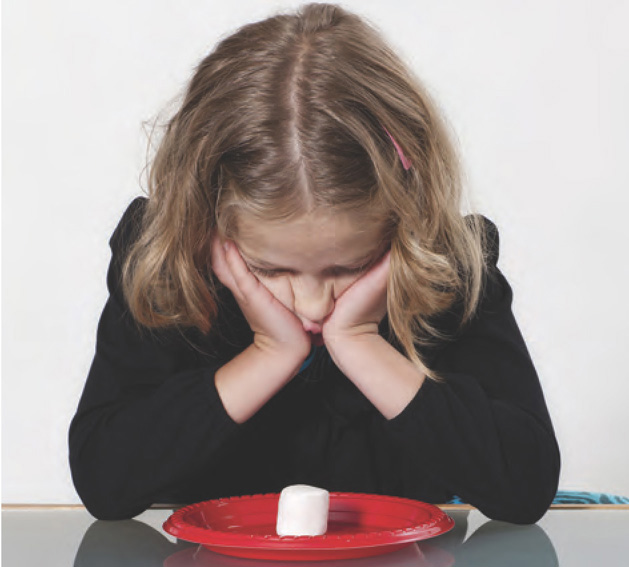382


Emotional Development
383
- The Development of Emotions in Childhood
- Theories on the Nature and Emergence of Emotion
- The Emergence of Emotion in the Early Years and Childhood
- Box 10.1: Individual Differences Gender Differences in Adolescent Depression
- Review
- Regulation of Emotion
- The Development of Emotional Regulation
- The Relation of Emotional Self-Regulation to Social Competence and Adjustment
- Review
- Individual Differences in Emotion and Its Regulation
- Temperament
- Box 10.2: A Closer Look Measurement of Temperament
- Review
- Temperament
- Children’s Emotional Development in the Family
- Quality of the Child’s Relationships with Parents
- Parental Socialization of Children’s Emotional Responding
- Review
- Culture and Children’s Emotional Development
- Review
- Children’s Understanding of Emotion
- Identifying the Emotions of Others
- Understanding the Causes and Dynamics of Emotion
- Children’s Understanding of Real and False Emotions
- Review
- Chapter Summary
384
Themes
 Nature and Nurture
Nature and Nurture
 The Active Child
The Active Child
 Continuity/Discontinuity
Continuity/Discontinuity
 The Sociocultural Context
The Sociocultural Context
 Individual Differences
Individual Differences
 magine the following situation: a young girl is taken to a room in her preschool where an experimenter shows her some tasty treats, such as M&Ms, marshmallows, or pretzels. Then the experimenter tells the girl that he is going to leave the room “for a while” and that she has two choices. If she waits until he returns to the room, she can have two of the treats. Or if she wishes, she can ring a bell and the experimenter will return immediately—but she will get only one treat. The child is then left alone for a considerable period, say 15 to 20 minutes, or until she rings the bell.
magine the following situation: a young girl is taken to a room in her preschool where an experimenter shows her some tasty treats, such as M&Ms, marshmallows, or pretzels. Then the experimenter tells the girl that he is going to leave the room “for a while” and that she has two choices. If she waits until he returns to the room, she can have two of the treats. Or if she wishes, she can ring a bell and the experimenter will return immediately—but she will get only one treat. The child is then left alone for a considerable period, say 15 to 20 minutes, or until she rings the bell.
Walter Mischel and his colleagues used this procedure in numerous studies with preschoolers and young school-aged children to study their ability to delay immediate gratification in order to obtain larger rewards. Videotapes of what the children did during the time they were alone with the treats showed that the children varied in their responses. Some distracted themselves by talking, singing, trying to sleep, or making up games to play. Others kept looking at the rewards or the bell.
Which children do you think were most successful at curbing their desire for the treats and holding out for the larger reward? Of course, it was the children who distracted themselves (Mischel, 1981; Rodriguez, Mischel, & Shoda, 1989). More important, the amount of time children were able to delay requesting the treat proved to be a remarkably good predictor of their social and cognitive competence and their coping skills at an older age. For example, 10 years after the experiment, the children were rated by their parents with regard to their academic and social competences, as well as their verbal fluency, rational thinking, attentiveness, planfulness, and ability to deal with frustration. Those who had waited the longest in Mischel’s experiment were rated higher on these dimensions than were those who had summoned the experimenter back after shorter periods (Mischel, Shoda, & Peake, 1988; Peake, Hebl, & Mischel, 2002). In high school, they also obtained higher SAT scores and scored higher on a behavioral measure requiring control of one’s attention and behavioral responses on a computer task (Eigsti et al., 2006; Shoda, Mischel, & Peake, 1990); and at about age 27, they had achieved a higher educational level, had higher self-esteem, and were reported to be better able to cope with stress. Men in this group also were less likely to have used cocaine or crack in the past year (Ayduk et al., 2000; Mischel & Ayduk, 2004; Peake & Mischel, 2000). Furthermore, in computer-task assessments 40 years after the original experiment, those who had been low in delay of gratification in Mischel’s study continued to exhibit greater difficulty in delaying responses to rewarding stimuli than did those who had been high in delay (Casey et al., 2011).
emotional intelligence  a set of abilities that contribute to competence in the social and emotional domains
a set of abilities that contribute to competence in the social and emotional domains
That the ability to delay gratification in one situation in preschool predicted social, emotional, and academic competence so many years later illustrates the importance of what has been labeled “emotional intelligence,” or “affective social competence.” Emotional intelligence refers to a set of abilities that are key to competent social functioning. These abilities include being able to motivate oneself and persist in the face of frustration, control impulses and delay gratification, identify and understand one’s own and others’ feelings, regulate one’s moods, regulate the expression of emotion in social interactions, and empathize with others’ emotions (Goleman, 1995; Halberstadt, Denham, & Dunsmore, 2001; Matthews, Zeidner, & Roberts, 2002).

385
The importance of emotional intelligence is reflected in the fact that, more than almost any other measure, it predicts how well people do in life, especially in their social lives. For example, researchers checked in with 450 boys from impoverished neighborhoods when those boys reached middle age and discovered that how well they had done at work and in other areas of their lives had relatively little relation to their IQs. Rather, their successfulness corresponded with their ability to manage their frustration, control their emotions, and get along with others (Felsman & Vaillant, 1987). The similarity between the results of this study and the findings of Mischel and his colleagues underscores the point that our emotions, and how we deal with them, play a huge role in the quality of our lives and in our relationships with others.
In this chapter, we examine the development of children’s emotions as well as the development of their ability to regulate their emotions and the behavior associated with them. In addition, we discuss the development of children’s understanding of emotion, which affects how well they can control their emotions and behavior. In the course of our discussion, we will give particular emphasis to several of our themes. Key among them will be the theme of individual differences, as we examine differences among children in various aspects of their emotional functioning. We also discuss the origins of these differences, including heredity, parental socialization practices, cultural beliefs related to emotion, and how the child’s behavior in a given context affects his or her physiological reactions. Thus, the themes of nature and nurture and the sociocultural context will also be prominent. The theme of the active child is also touched upon with respect to children’s attempts to regulate their own emotions and behavior. Finally, the theme of continuity versus discontinuity is discussed briefly in regard to the emergence of self-conscious emotions.